Blog
-

The impact of budget on water storage tank selection: Getting the best value
Learn how your budget affects the choice of water storage tanks and discover tips for maximizing value. Explore different materials, sizes, and features to make an informed decision....
Read More -
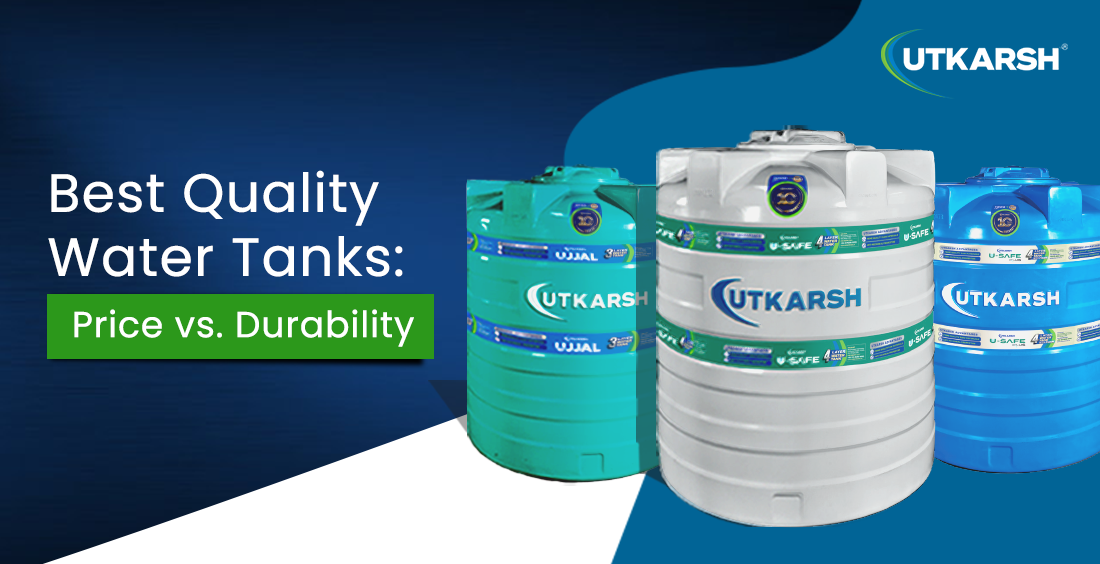
Best quality water tanks: Price vs. durability
What is the top water tank materials based on price and durability? Compare plastic, stainless steel, concrete, and fiberglass water tanks to find the best option for your home....
Read More -
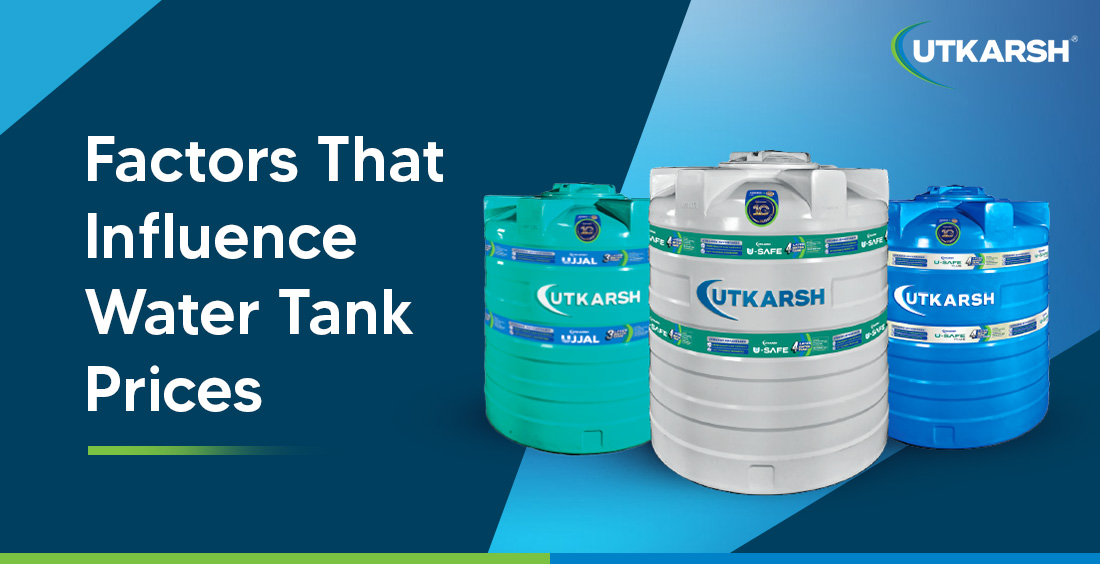
Factors that influence water tank prices
Not sure about the factors that influence water tank prices? From materials and capacity to brand reputation, discover how these elements influence cost, and make informed choices....
Read More -
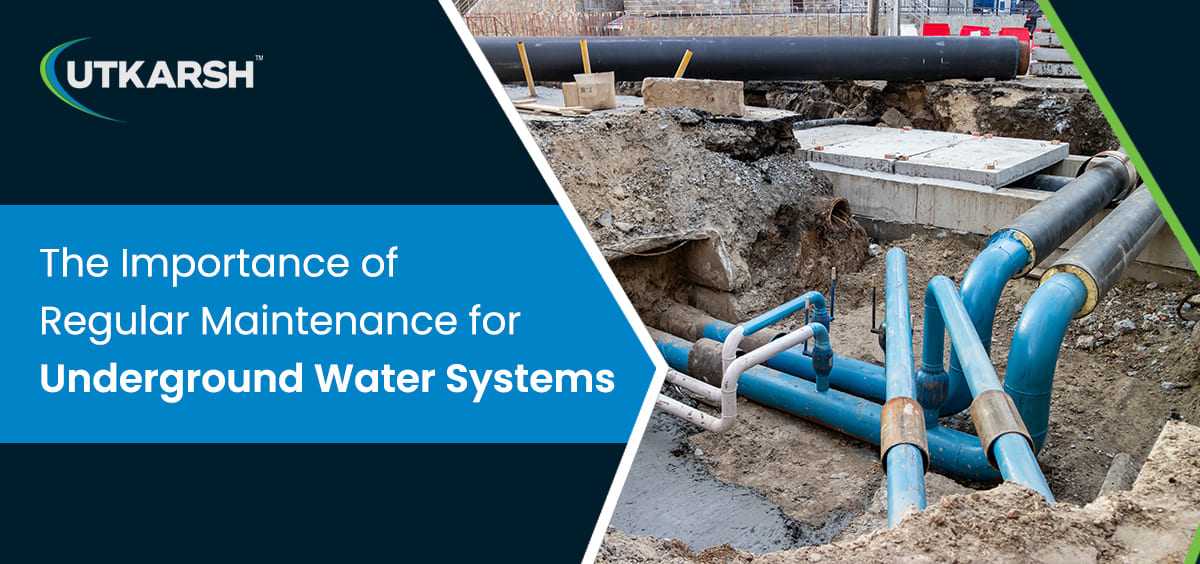
Useful insights on design considerations of water tank structure
Explore crucial design considerations for overhead water tank structures. Learn how to ensure durability and stability in water supply systems. ...
Read More -
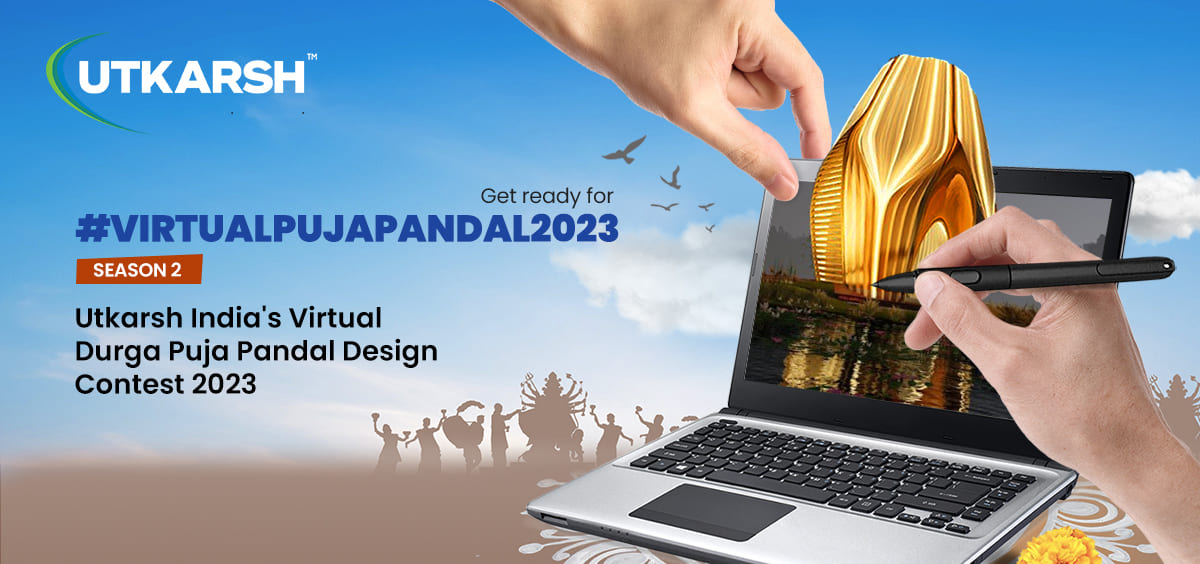
Utkarsh India Virtual Durga Puja Pandal Design Contest 2023
Discover Utkarsh India's premium PVC water tanks – Ujjal, U-safe, and U-safe Plus. Ensure water purity, durability, and reliability in your home with our innovative solutions....
Read More -
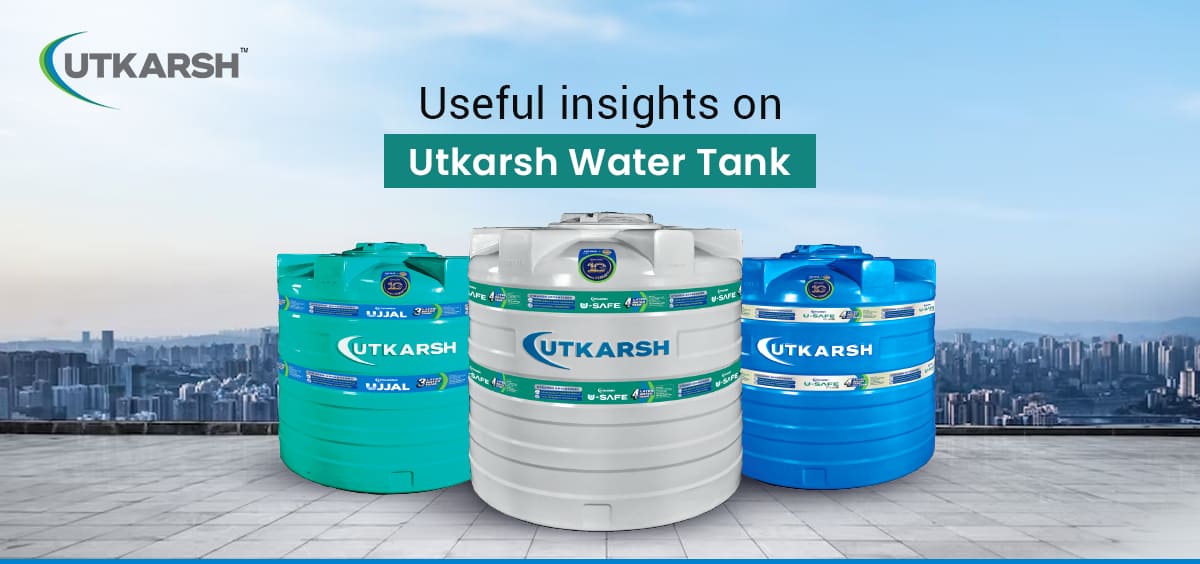
Useful insights on Utkarsh Water Tank
Delve into the remarkable features and advantages of Utkarsh water tanks, ensuring dependable water storage....
Read More -
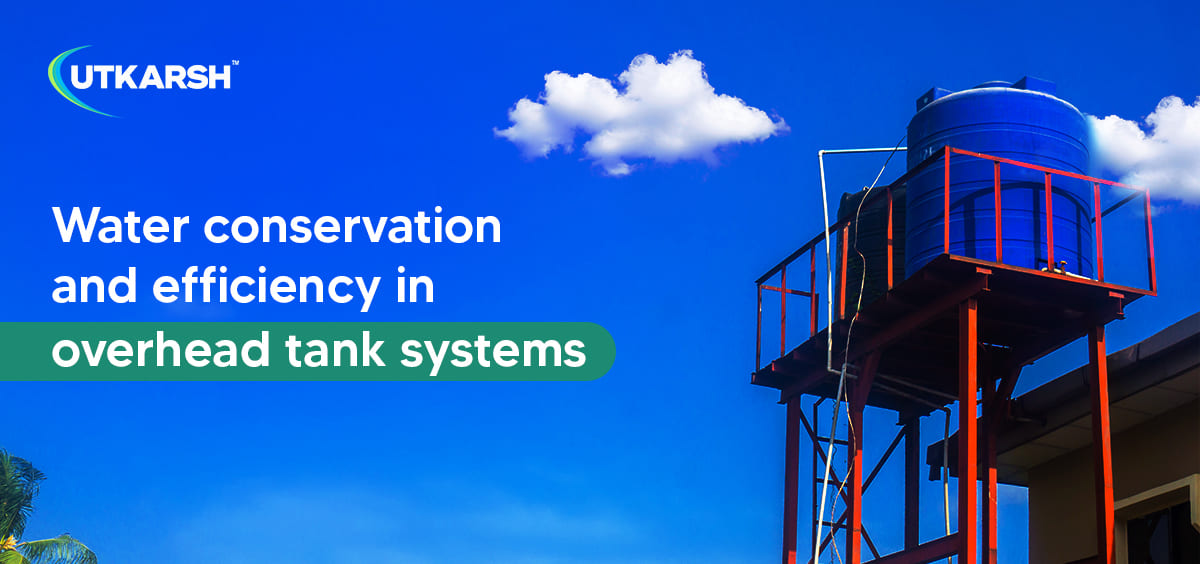
Water conservation and efficiency in overhead tank systems
Explore how water storage and distribution system helps in water conservation and efficiency in overhead tank systems. Read on....
Read More -

Water Tank Structure What Is The Purpose and So Much More
The purpose of this blog is to cover the meaning, components, working principles and purpose of Water tank Structures. The purpose of this blog is to cover the meaning, components, working principles and purpose of Water tank Structures....
Read More

